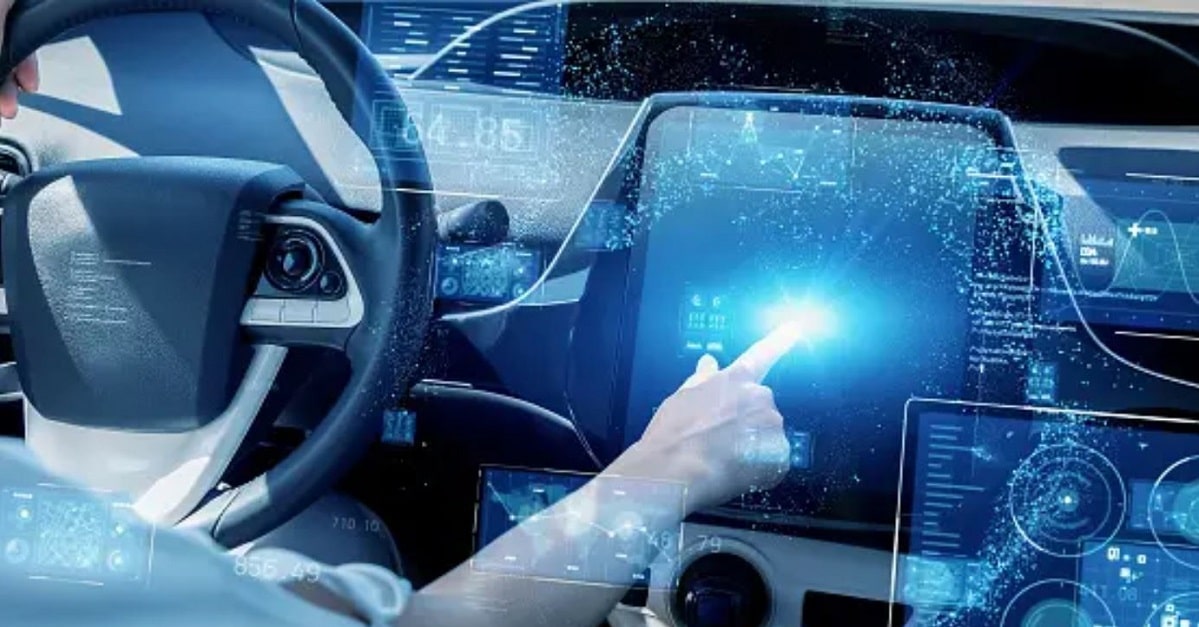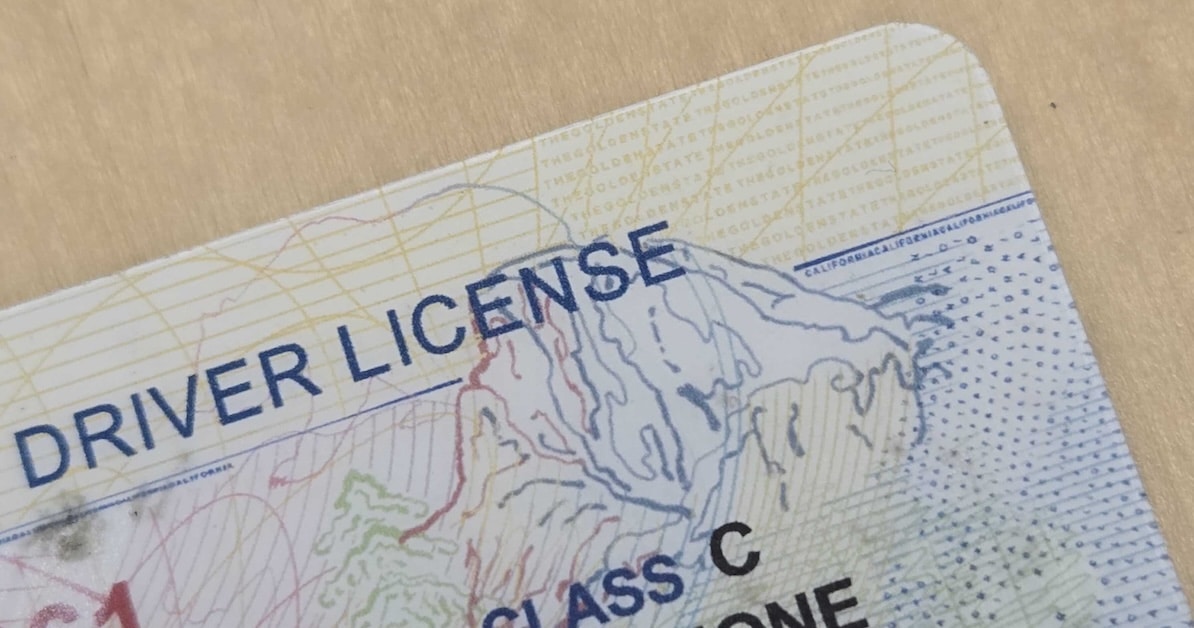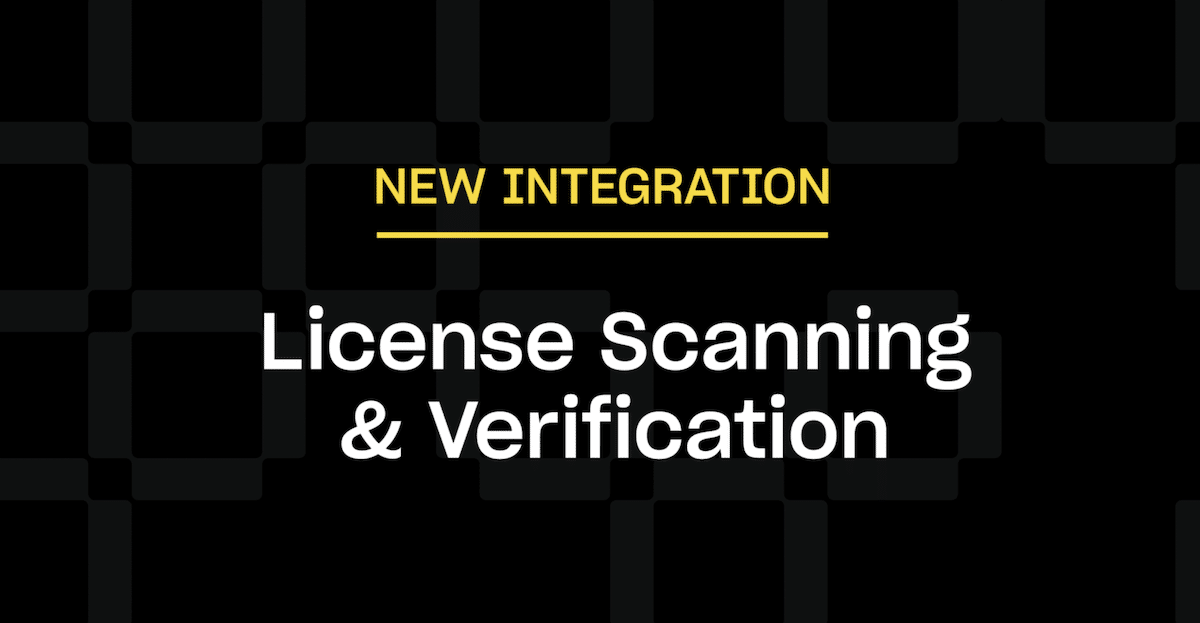Like many, the automotive industry is currently navigating through the complexities of digitalization and the escalating challenge of identity fraud. As the industry shifts towards online sales, remote vehicle rentals, and the launch of ride-sharing platforms, they must ask a crucial question: How can the authenticity of customer identities be correctly verified?
This is a real issue that needs to be tackled, with an estimated 10% of digital inquiries for car transactions flagged for potential fraud risks. Such threats expose dealerships and rental services to significant financial losses and safety risks, underscoring the urgent need for effective identity verification measures.
With traditional methods of identity checks proving to be increasingly outdated, propelling the industry towards innovative measures could be the solution to greater levels of security and efficiency in the industry.
Why AI matters – The crucial role of digital ID verification
The threat of fake IDs and fraudulent activities within the automotive industry isn’t just about financial repercussions, it extends to the safety of employees and customers, where a failure in identity verification can lead to severe consequences. For example, just last year, a woman used a fake ID and a modified driver’s licence to scam a dealership into letting her acquire a new car worth over $42,000. This was not the first of her many fraudulent activities record, but it served as a wake-up call for the dealership to start taking more severe safety measures.
Implementing advanced digital ID verification systems could be the way to mitigate these risks, shifting from traditional, often manual, verification methods towards newer technologies. These systems harness AI to compare identification documents against vast databases of authenticated templates, analyzing every detail from the document’s physical characteristics to hidden security features. Infrared and ultraviolet light scanning can detect the latter, such as holograms and watermarks, and a comprehensive library of ID templates to ensure each document adheres to state or jurisdictional standards.
Furthermore, digital enhancements like 2D barcode checks and face match technology with anti-spoofing measures can validate identities more accurately. By incorporating DMV data verification, dealerships can cross-reference customer details with official records, providing a robust, multi-layered approach to mitigate identity fraud and streamline the customer verification process. This level of security ensures that only legitimate users can access services, from taking a test drive at a dealership to renting a vehicle remotely through an app.
The benefits of digital ID verification
Perhaps the biggest advantage of adopting digital ID verification is that it drastically reduces the incidence of identity fraud, providing a robust mechanism to catch fake IDs with up to 95% accuracy. This capability is crucial in an industry where the stakes involve high-value assets like vehicles. By ensuring that only verified customers can access services such as test drives and loan applications, dealerships significantly minimize their exposure to financial and reputational risks.
These measures also automate the customer onboarding process. What once took minutes or hours can now be completed in a matter of seconds. The integration of these solutions allows for the quick and accurate transfer of verified data, facilitating smoother loan applications and dealership operations.
By adopting digital ID verification, the automotive industry not only strengthens its defence against fraud but also enjoys more efficient and reliable customer verification processes, leading to increased customer satisfaction and improved operational workflow. The mere presence of digital verification technology also serves as a deterrent to potential fraudsters, promoting a more secure dealership environment and ensuring compliance with Red Flags Rule laws, which in turn guarantees that businesses have a solid system in place to detect and act on warning signs of identity theft effectively.
How to implement digital ID verification
A successful implementation of digital ID verification relies on the solution’s ability to blend with the dealership’s operational framework without disrupting the workflow, connecting smoothly with dealership management systems (DMS) and customer relationship management (CRM) systems. This ensures data flows effectively between systems, enhancing efficiency.
It’s also crucial to educate the staff within the automotive industry, by offering training on the new system’s technical aspects and its significance in fraud prevention and regulatory compliance. This understanding reinforces digital ID verification as essential for dealership security and customer trust, aligning with federal KYC and privacy standards.
Viewing the integration of digital ID verification as an ongoing process rather than a one-time setup allows for continuous improvement and adaptation. Regular system evaluations, soliciting user feedback, and staying updated with technological advancements are critical for refining the verification process and ensuring that every interaction—be it a car purchase, a rental, or a ride-share—begins with the assurance of verified identity.
As the challenges of fake IDs and identity theft continue to rise, so should the security measures within the automotive industry. This is why the adoption of digital ID verification technologies will play a huge role towards safer, and more efficient transactions. By embracing these advanced technologies and making the effort to implement them accordingly, the automotive industry can navigate the complexities of identity verification with increased confidence.
Read original post on Future Sparity →



